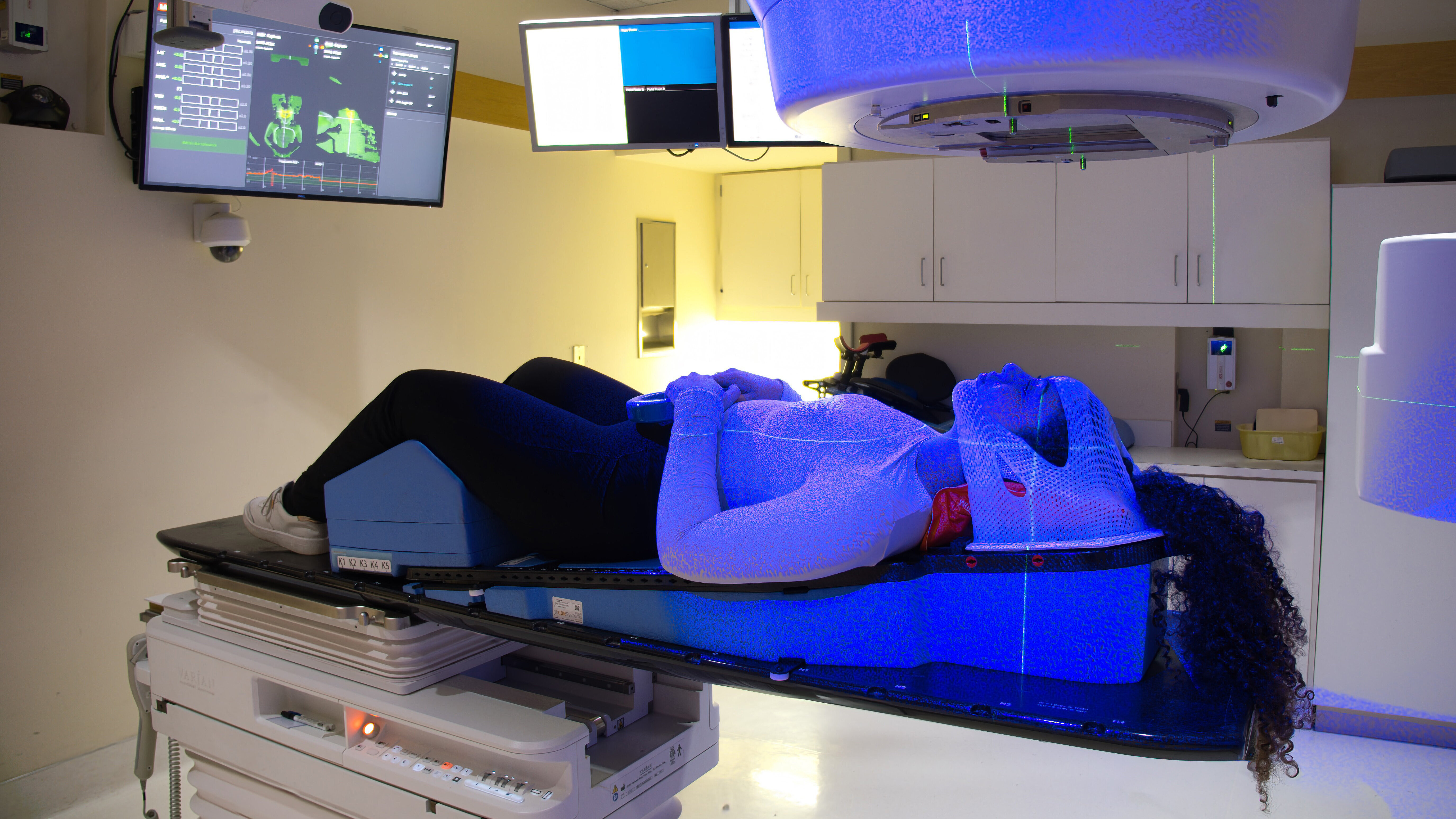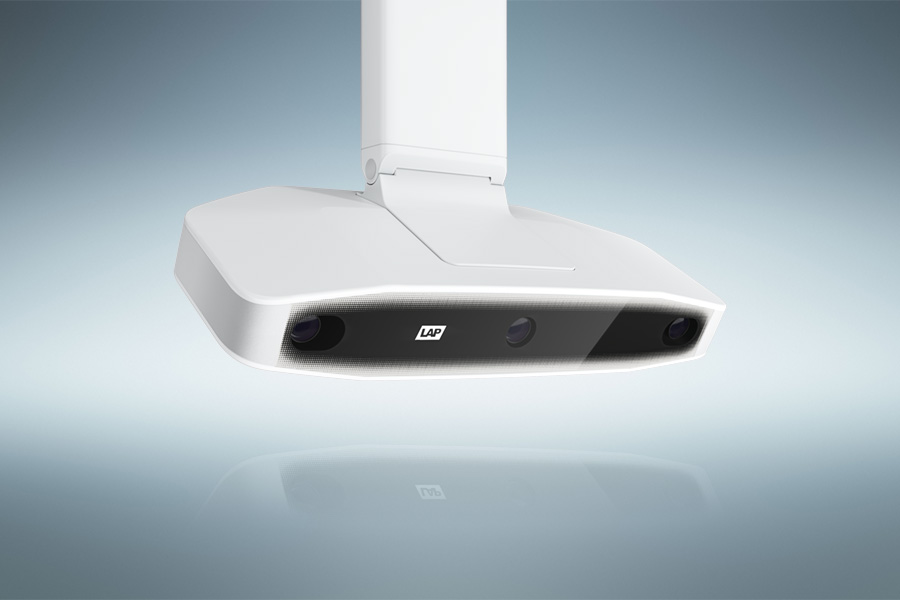Open-face masks with Surface Guided Radiation Therapy
In the pursuit of delivering effective cancer treatment, innovations in both accuracy and patient experience are critical. One such advancement is using open-face masks in combination with Surface-Guided Radiation Therapy (SGRT), particularly in head and neck radiotherapy.
Immobilization with open-face masks
Radiotherapy demands precise immobilization to ensure that treatment is delivered exactly as planned. This has traditionally meant full-face thermoplastic masks for head and neck patients, rigid and often restrictive devices that cover the entire face to limit motion.
While effective in maintaining position, these masks can cause emotional discomfort and claustrophobia, sometimes leading to distress or challenges with compliance. Open-face masks offer a refined alternative. By leaving parts of the face uncovered, they reduce the immobilization's psychological burden while still providing reliable support for treatment.
Where SGRT comes in
Surface Guided Radiation Therapy (SGRT) enhances open face masks by adding a non-contact layer of monitoring to ensure the patient remains in the correct position throughout the treatment session. Using cameras, modern SGRT systems track surface motion across defined regions of interest on the patient's face or body. This makes it possible to:
Detect subtle movements during treatment
Maintain accurate positioning without the need for permanent marks or tattoos
Avoid additional imaging doses, since setup accuracy is verified optically
SGRT provides a powerful safeguard when used alongside open-face masks, ensuring that reducing physical constraint does not translate into compromised precision.
Clinical advantages in head and neck treatments
In head and neck radiotherapy, accuracy is vital. The treatment volumes are often closely surrounded by sensitive organs and tissues. Even slight deviations can affect outcomes or increase side effects. SGRT, when integrated with open face mask use, addresses this challenge without sacrificing patient well-being.
Benefits observed in clinical settings include:
More comfortable and tolerable immobilization leads to greater treatment compliance.
Precise surface tracking is beneficial in stereotactic or hypofractionated regimens.
Reduced need for reimaging or repositioning, saving valuable time and improving throughput.
Open face masks also facilitate better communication with patients during setup, reducing anxiety and allowing clearer verbal interaction when necessary.
LUNA 3D: Supporting a balanced, patient-centric approach
LAP's LUNA 3D system is developed with this integrated workflow in mind. Its modular design and high-resolution tracking capabilities allow clinics to adopt open face mask protocols while maintaining a high standard of care.
As oncology practices look for ways to increase comfort without compromising care, combining open face masks with SGRT is a logical step forward. It aligns with a growing commitment to gentle yet accurate treatment, where patients feel less constrained and clinicians remain entirely in control of positioning.
By supporting this shift, technologies like LUNA 3D are helping radiotherapy departments embrace solutions that are both technically sound and emotionally intelligent, creating treatment experiences that are smoother and more supportive of the patient journey.


